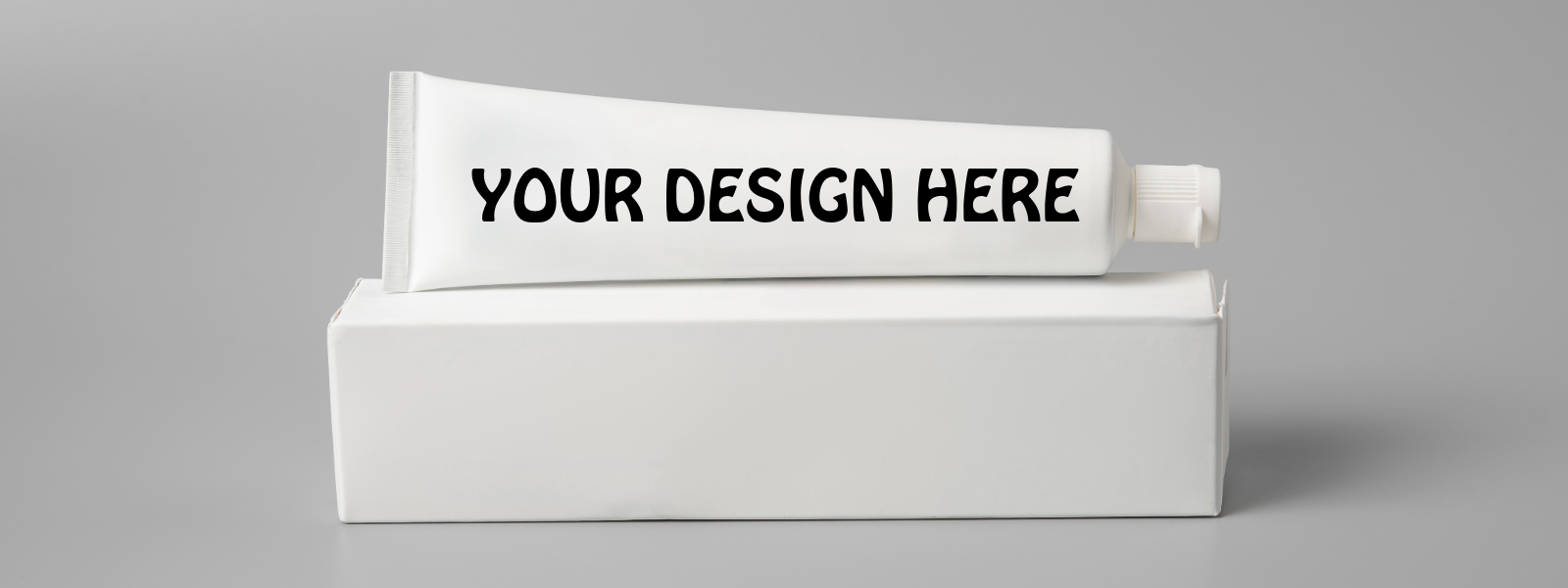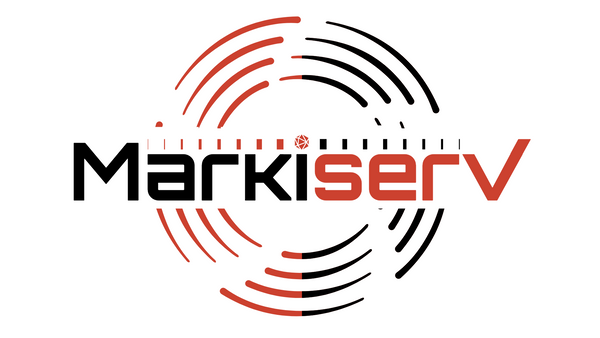
The Guide to Package Design:
Introduction
Package design is a critical aspect of product presentation and branding. It involves creating packaging that not only protects the product but also attracts and informs consumers. This guide will walk you through the steps involved in package design, the collaboration between graphic designers and production teams, and the operational requirements to ensure your designs are ready for production.
The Role of Graphic Design in Package Design
Graphic design is the backbone of effective package design. It involves creating visual elements that communicate the brand’s message and appeal to the target audience. Once a design is completed, it must be prepared for production, which requires a deep understanding of both design principles and production processes.
Key Elements of Graphic Design for Packaging
- Resolution and Quality: Ensure all images and graphics are high resolution (at least 300 DPI) to maintain clarity and detail.
- Color Modes: Designs should be created in CMYK color mode, which is used for printing, rather than RGB, which is used for digital screens.
- Die Lines and Bleed: Include die lines (cut lines) and bleed (extra space around the design) to ensure accurate cutting and no white edges after trimming.
- Typography: Use vector-based text to maintain sharpness and clarity. Ensure fonts are embedded or outlined to avoid font substitution issues.
- File Formats: Save the final design in a production-ready format, such as PDF, which preserves the quality and layout.
Preparing Designs for Production
Once the design is complete, the next step is to prepare it for production. This involves several technical and operational steps to ensure the design translates perfectly onto the packaging material.
Pre-Production Process
- Proofing: Create a proof to review the design. This can be a digital proof (soft proof) or a physical proof (hard proof). Proofing helps catch any errors before the final production run.
- Color Calibration: Ensure that the colors in the design match the colors that will be printed. This involves calibrating monitors and printers to achieve color consistency.
- Trapping: Adjust the design to account for any slight misalignments during printing. Trapping involves overlapping colors slightly to prevent gaps.
- Imposition: Arrange the design elements on the printing sheet to maximize efficiency and minimize waste. This is especially important for multi-part packaging.
Collaboration Between Graphic Designers and Production Teams
Effective communication and collaboration between graphic designers and production teams are vital to ensure a smooth production process. Here are some best practices:
- Clear Specifications: Provide detailed specifications for the packaging job, including dimensions, material type, finish, and quantity.
- Regular Communication: Maintain open lines of communication to address any issues or changes promptly.
- Technical Knowledge: Graphic designers should have a basic understanding of production processes and terminology to communicate effectively with production teams.
- Feedback Loop: Establish a feedback loop where production teams can provide input on the design to ensure it is production-ready.
Operational Steps to Ensure Production-Ready Designs
To ensure that a design is production-ready, several operational steps must be followed. These steps help avoid common pitfalls and ensure a high-quality final product.
File Preparation
- Check Resolution: Verify that all images and graphics are at least 300 DPI.
- Convert Colors: Ensure the design is in CMYK color mode.
- Add Bleed and Die Lines: Include bleed and die lines in the design file to account for trimming and cutting.
- Outline Fonts: Convert text to outlines to prevent font issues.
- Save in Production-Ready Format: Export the design as a PDF with production settings.
Quality Control
- Proofing: Review proofs carefully to catch any errors.
- Pre-Flight Check: Use pre-flight software to check for any issues in the design file, such as missing fonts or low-resolution images.
- Test Prints: Run test prints to check color accuracy and alignment.
Printing Techniques and Technologies
Understanding different printing techniques and technologies can help in choosing the right method for your project. Here are some common printing methods:
- Offset Printing: Ideal for high-volume print runs, offering high quality and cost efficiency.
- Digital Printing: Suitable for short runs and quick turnaround times, with the flexibility to print variable data.
- Flexography: Used for packaging and labels, offering fast production speeds.
- Screen Printing: Commonly used for printing on textiles and promotional items.
Post-Production Processes
After printing, several post-production processes can enhance the final product:
- Cutting and Trimming: Ensure precise cutting to the final size.
- Folding and Gluing: For boxes and other packaging, ensure accurate folding and gluing.
- Lamination and Coating: Add a protective layer to enhance durability and appearance.
- Assembly: For multi-part packaging, ensure all components are correctly assembled.

Conclusion
Package design is a vital aspect of product presentation and branding. By understanding the process from design completion to the final production-ready product, and by ensuring effective collaboration between graphic designers and production teams, you can achieve high-quality packaging that meets your expectations. Follow the operational steps outlined in this guide to ensure your designs are production-ready and avoid common pitfalls. With the right preparation and attention to detail, your packaging will effectively communicate your brand’s message and leave a lasting impression.
Resources to Learn More:
Still curious? Checkout these helpful links below that can help you really deep dive into wireframing. After reading through this page, and using these resources below, you should be in good shape in building your understanding of wireframe design:
- Shopify: This comprehensive guide covers the key steps to product packaging design, with tips and examples to create effective packaging for your brand.
- Creative Market: A beginner’s guide to product packaging design, offering insights into the process and terminology involved.
- SmashBrand: Learn about the elements that make up a best-selling design, brand strategy, and the latest packaging design trends.
- Esko: A detailed guide on how to design product packaging, exploring every part of the process from conceptual designs to print-ready files.
- DesignRush: Key insights into packaging design, including how it communicates a product’s identity and enhances the user experience.
